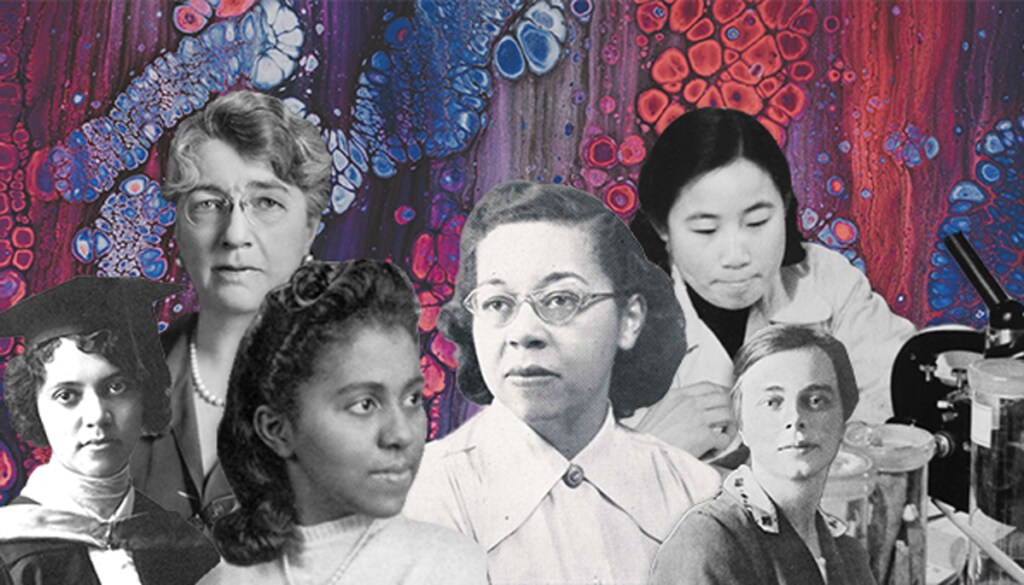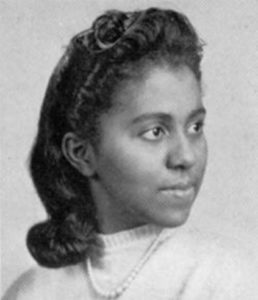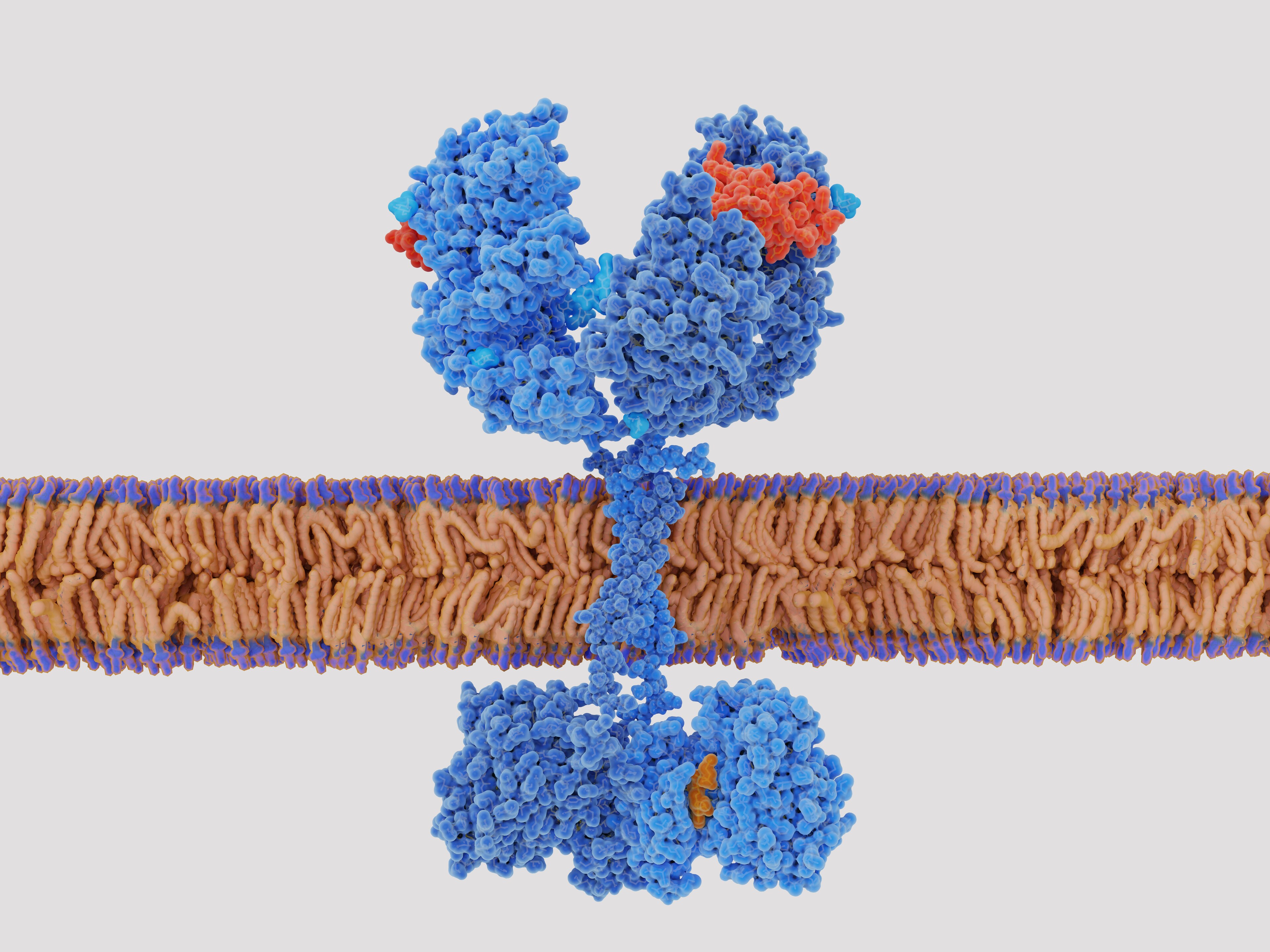
Written by Carolyn Bernhardt
From developing novel treatments to innovating bioprinting, women have advanced science for centuries. Here are just a few you should know.
Women have moved the needle in their respective scientific fields for generations. Their countless contributions have helped cure devastating diseases, clarify the microscopic, and so much more.
As you celebrate Women’s History Month and International Women’s Day on March 8, get to know some of them.
Tu Youyou
In 2015, Tu Youyou was awarded the Nobel Prize in Physiology or Medicine for her discoveries concerning a novel therapy against malaria. She is the first mainland Chinese scientist ever to have received a Nobel Prize in science.
Born in Zhejiang Ningbo, China, in 1930, Youyou studied at the Peking University in Beijing. She is an expert in traditional herbal medicine and serves as Chief Scientist at the China Academy of Traditional Chinese Medicine, where she has worked since 1965.
In the 1970s, Youyou used her expertise to extract artemisinin, a substance that inhibits the parasite responsible for causing malaria, from the Chinese herb qinghao. During her extensive studies of ancient Chinese medical texts from the Zhou, Qing, and Han Dynasties, Youyou saw qinghao described as a treatment for intermittent fever, malaria’s main symptom. Her extensive knowledge of these medical texts also helped her identify a method for successfully extracting the compound. And coincidentally, Youyou’s name originates from an ancient poem that translates to, “Deer call (youyou) when they are happily eating the plant qinghao in the wild.”
Youyou had such a steadfast belief that the compound would treat malaria that she volunteered to be the first human dosed with it. Today, medications based on artemisinin have improved the survival rates of malaria, as well as the health of millions of people worldwide.

Youyou and her mentor Lou Zhicen (left) in the lab.
Rosalind Franklin
Rosalind Elsie Franklin was a chemist who helped identify and clarify the structure of DNA 70 years ago.
Franklin was born in London in 1920. She studied physical chemistry at Cambridge University, where she also earned her PhD in 1945.
Franklin’s PhD focused on clarifying the micro-structures and permeability of different coals and carbons. After graduating, she took this expertise to a lab in Paris, where she learned and mastered the use of x-ray crystallography (or, x-ray diffraction analysis) to detail the structures of both graphitizing and non-graphitizing carbons. In 1950, she took a fellowship at the King’s College London where she began applying x-ray crystallography to investigating DNA. Using this method, she found that DNA had two helices in early 1953. The images Franklin produced revealed crucial insights about DNA’s structure.
By spring 1953, Franklin transferred her fellowship to Birkbeck College, focusing on making meticulous x-ray diffraction photos of plant viruses. The Royal Institution recognized the expertise Franklin developed in virus structures in 1956, requesting that she construct large-scale models for the 1958 Brussels World’s Fair Science Exhibition. However, Franklin was diagnosed with ovarian cancer in the fall of 1956 and passed away in London on April 16, 1958.

Alice Ball
Alice Ball
Alice Ball was a chemist who developed the first successful leprosy treatment, which remained the gold-standard treatment for decades. She was also the first female chemistry professor at the University of Hawai‘i and one of the first Black women to earn a master’s degree in chemistry.
Ball’s master’s thesis focused on extracting the active chemical in ‘awa root, a plant indigenous Hawai‘ians have long used for ceremonial purposes. More recently, research has suggested that the plant can help treat anxiety, insomnia, and other disorders.
Ball’s master’s thesis positioned her well for researching and leading within the Hawai‘i chemistry department. There, in 1916, she adapted an oil extract from the chaulmoogra tree into a treatment for leprosy. The oil had previously been used as a topical ointment, which helped relieve discomfort for some leprosy patients. However, Ball’s discovery was the first injectable leprosy treatment.
Unfortunately, she passed away from a mysterious illness on December 31, 1916, at age 24.

Louise Pearce
Louise Pearce
Louise Pearce helped lead research on a treatment for trypanosomiasis, or African sleeping sickness — a disease responsible for wiping out two-thirds of the Ugandan population in 1901.
In 1907, Pearce earned her bachelor’s from Stanford University. In 1912, she graduated third in her class at the Johns Hopkins University Medical School.
Eight years later, a second outbreak of trypanosomiasis hit the Democratic Republic of Congo. Pearce traveled to the African nation to distribute a new drug she helped develop and study its effects. The treatment successfully eliminated the disease in roughly 80 percent of patients. It then became the standard of treatment at the time.
Pearce later went on to study infection susceptibility and resistance alongside Wade Hampton Brown, a research physician in pathology at The Rockefeller Institute for Medical Research. This collaboration brought about the discovery of the world’s first known transplantable tumor, informing cancer research in laboratories across the globe.

Marie Maynard Daly
Marie Maynard Daly
Marie Maynard Daly was the first Black woman in the United States to earn a chemistry PhD and the first scientist to work out the four main nucleic acid building blocks of DNA in 1953. She helped pave the way to Rosalind Franklin’s discovery of DNA’s double helix the same year.
In 1942, Daly earned her bachelor’s degree in chemistry from Queens College. She earned her master’s in only one year at New York University, and her PhD from Columbia University in just 3 years.
Daly’s work in graduate school helped advance medical understanding of the cardiovascular and circulatory systems. The postdoctoral research she did at the Rockefeller Institute focused on the composition of the cell’s nucleus and how proteins are organized and produced in the cell.
Daly went on to hold teaching positions at Howard University, Columbia University, and Albert Einstein College of Medicine. She died in 2003.
Jemma Redmond
Jemma Redmond was co-founder of a 3D bioprinting startup, Ourobotics, that built the first printer capable of using 10 artificial materials at once.
Born in Ireland in 1978, Redmond studied physics at Robert Gordon University and earned her master’s degree from University College Dublin in 2012. Redmond was born intersex, and could not conceive children as a result, which profoundly impacted her. So, Redmond focused her research on printing functional human tissue, organs, and devices for healthcare use.
Redmond was dedicated to making bioprinted materials widely available to patients on transplant lists and developing printed devices that could help monitor patient health.
She died in 2016, at age 38.

Jane Hinton
Jane Hinton
Jane Hinton co-developed a novel method for cultivating and isolating neisseria, the bacteria responsible for gonorrhea and meningococcal meningitis.
After earning her Bachelor’s from Simmons College in 1939, Hinton collaborated on research at Harvard University that established the Mueller-Hinton Agar, an approach still used for testing antibiotic resistance today.
She earned her DVM from the University of Pennsylvania in 1949, the same year Dr. Alfreda Webb graduated from Tuskegee University, making the pair the first two Black women to earn a Doctor of Veterinary Medicine in the United States.
Bea Schwarz and Christine Buisman
Bea Schwarz and Christine Buisman were the first to isolate the fungal pathogen responsible for Dutch Elm Disease from an infected tree, and the first prove it was the culprit of the disease by inoculating trees with it. Schwarz and Buisman were also among the first scientists to identify trees that were resistant to DED, and develop new strains that could resist it.
Dutch Elm Disease wiped out half of the elm tree population in Holland between 1919 and 1939. It also ripped through Europe and the United States. Today, the United States Department of Agriculture (USDA) selectively breeds elm trees for Dutch elm resistance — a process informed by Schwarz and Buisman’s research.

Left image: portrait of Christine Buisman; right image: Bea Schwarz (left side) with her doctoral advisor
Learn more
If you are interested in learning more about the countless ways cis, trans, intersex, and queer women have helped shape the vital history and future of science, here are some resources to consider:
- The Women Who Changed Science quiz. The Nobel Prize’s website hosts a fun quiz to match you with a woman laureate. Use the quiz today to learn more about the many women who have contributed greatly to their fields.
- Celebrate Transgender Day of Visibility. Women’s History Month concludes with Transgender Day of Visibility on Friday, March 31. Learn more about how to celebrate the day, or peruse this Twitter thread from Scientific American that aggregates applicable research on gender, sex, identity, and history.
- Association for Women in Science (AWIS). According to the organization’s website, “AWIS champions the interests of women in science across all disciplines and employment sectors. Working for positive system transformation, AWIS strives to ensure that all women in these fields can achieve their full potential.” Learn more about other historical figures in science on their website.
» Want to read more stories like this? Subscribe to Connect to Science, your portal for life science news.
References
“A Woman Who Changed the World.” n.d. University of Hawai‘i Foundation. Accessed January 20, 2023. https://www.uhfoundation.org/impact/students/woman-who-changed-world.
“AAUW Member Saves Lives: Dr. Louise Pearce.” n.d. AAUW: Empowering Women Since 1881 (blog). Accessed January 20, 2023. https://ww3.aauw.org/2015/08/17/louise-pearce/.
“Alice Ball.” 2021a. AWIS. March 10, 2021. https://awis.org/historical-women/alice-ball/.
“———.” 2021b. AWIS. March 10, 2021. https://awis.org/historical-women/alice-ball/.
“Biographical Overview.” 2019. Rosalind Franklin – Profiles in Science. March 12, 2019. https://profiles.nlm.nih.gov/spotlight/kr/feature/biographical.
“Changing the Face of Medicine | LouisePearce.” n.d. Accessed January 20, 2023. https://cfmedicine.nlm.nih.gov/physicians/biography_248.html.
“Dr. Marie Daly, the First African-American Woman to Receive a Doctorate in Chemistry in the United States.” 2021. AWIS. April 16, 2021. https://awis.org/historical-women/dr-marie-maynard-daly/.
“How the Woman Who Found a Leprosy Treatment Was Almost Lost to History.” 2018. Science. February 28, 2018. https://www.nationalgeographic.com/science/article/alice-ball-leprosy-hansens-disease-hawaii-womens-history-science.
“Https://Www.Rockefeller.Edu/Support-Our-Science/Women-and-Science/Portrait-Initiative/Louise-Pearce/.” n.d. Support Our Science (blog). Accessed January 20, 2023. https://www.rockefeller.edu/support-our-science/women-and-science/portrait-initiative/louise-pearce/.
“Jemma Redmond.” 2022. AWIS. June 27, 2022. https://awis.org/historical-women/jemma-redmond/.
Karnosky, David F. 1979. “Dutch Elm Disease: A Review of the History, Environmental Implications, Control, and Research Needs.” Environmental Conservation 6 (4): 311–22.
“LGBTQ+ Chemists You Should Know About.” n.d. Chemical & Engineering News. Accessed January 20, 2023. https://cen.acs.org/people/lgbtq-scientist-chemist-history/99/web/2021/06.
Magazine, Smithsonian, and Kathleen M. Wong. n.d. “The Trailblazing Black Woman Chemist Who Discovered a Treatment for Leprosy.” Smithsonian Magazine. Accessed January 20, 2023. https://www.smithsonianmag.com/history/the-trailblazing-black-woman-chemist-who-discovered-a-treatment-for-leprosy-180979772/.
“Marie Maynard Daly.” 2016. Science History Institute. June 1, 2016. https://www.sciencehistory.org/historical-profile/marie-maynard-daly.
“———.” n.d. American Chemical Society. Accessed January 20, 2023. https://www.acs.org/education/whatischemistry/african-americans-in-sciences/marie-maynard-daly.html.
Nanobioscience, Jemma RedmondUniversity College Dublin | UCD · School of PhysicsMsc, Bsc Applied Physics, C. Electronic Eng, and Diploma Project Management. n.d. “Jemma REDMOND | Research Assistant | Msc Nanobioscience, Bsc Applied Physics, C Electronic Eng, Diploma Project Management | University College Dublin, Dublin | UCD | School of Physics | Research Profile.” ResearchGate. Accessed January 20, 2023. https://www.researchgate.net/profile/Jemma-Redmond.
“Rosalind Franklin: A Crucial Contribution | Learn Science at Scitable.” n.d. Accessed January 20, 2023. http://www.nature.com/scitable/topicpage/rosalind-franklin-a-crucial-contribution-6538012.
“Rosalind Franklin Was so Much More than the ‘Wronged Heroine’ of DNA.” 2020. Nature 583 (7817): 492–492. https://doi.org/10.1038/d41586-020-02144-4.
Society, Microbiology. n.d. “Black History Month: Celebrating the Work of Black Microbiologists.” Accessed January 20, 2023. https://microbiologysociety.org/blog/black-history-month-celebrating-the-work-of-black-microbiologists-4.html.
“Survivor Elms | Minnesota Invasive Terrestrial Plants and Pests Center.” n.d. Accessed January 20, 2023. https://mitppc.umn.edu/news/survivor-elms.
“The Nobel Prize | Women Who Changed Science | Tu Youyou.” n.d. Accessed January 20, 2023. https://www.nobelprize.org/womenwhochangedscience/stories/tu-youyou.
“The Nobel Prize in Physiology or Medicine 2015.” n.d. NobelPrize.Org. Accessed January 20, 2023. https://www.nobelprize.org/prizes/medicine/2015/tu/facts/.
“Tu Youyou | Biography, Malaria, Nobel Prize, & Facts | Britannica.” n.d. Accessed January 20, 2023. https://www.britannica.com/biography/Tu-Youyou.
“Understanding of the Macromolecular Building Blocks, with Dr. Marie Maynard Daly.” 2022. Department of Molecular Metabolism. February 25, 2022. https://www.hsph.harvard.edu/molecular-metabolism/2022/02/25/understanding-of-the-macromolecular-building-blocks-with-dr-marie-maynard-daly/.
Whipple, Erin. 2021. “People of Color in STEM: Jane Hinton.” Rocky Mountain Alliance For Minority Participation. February 11, 2021. https://rmamp.colostate.edu/people-of-color-in-stem-jane-hinton/.




Leave a Reply